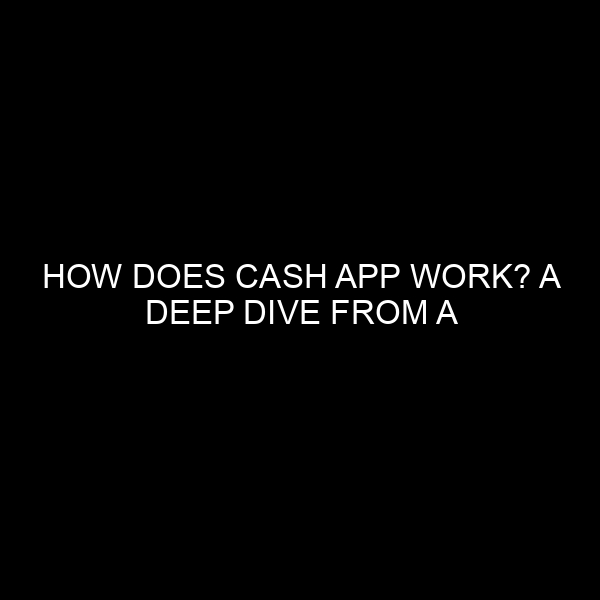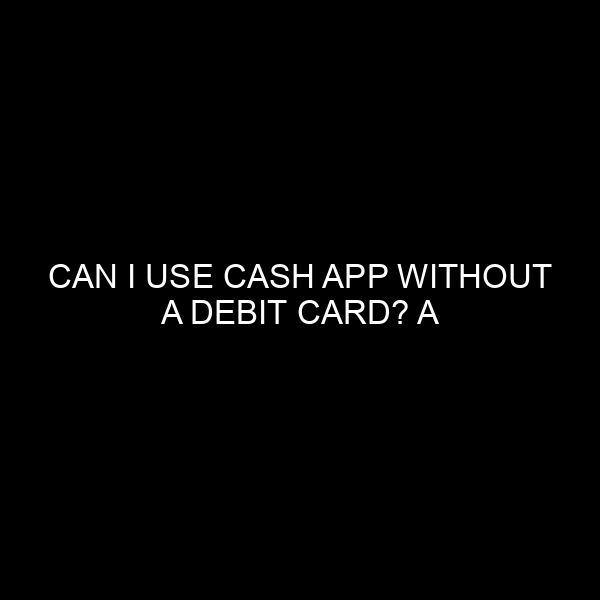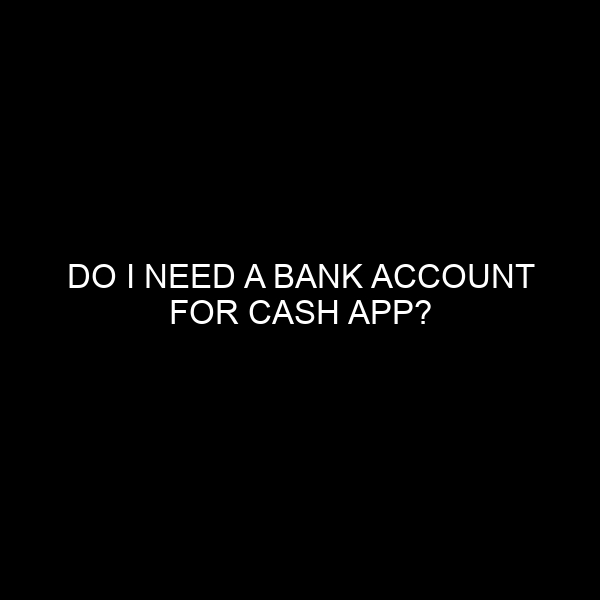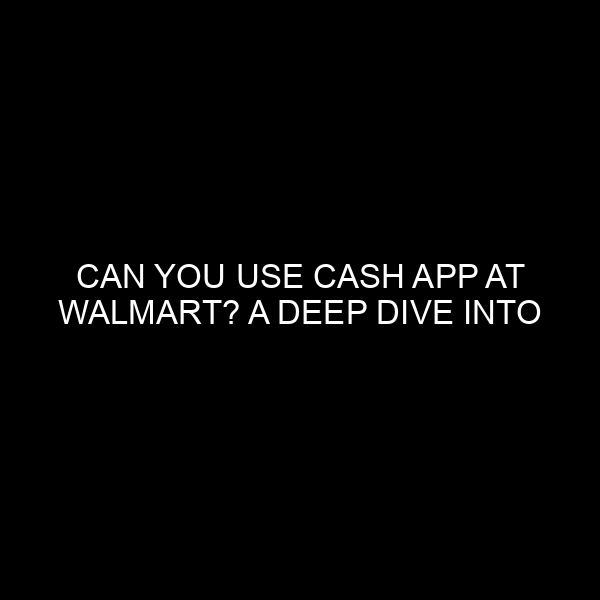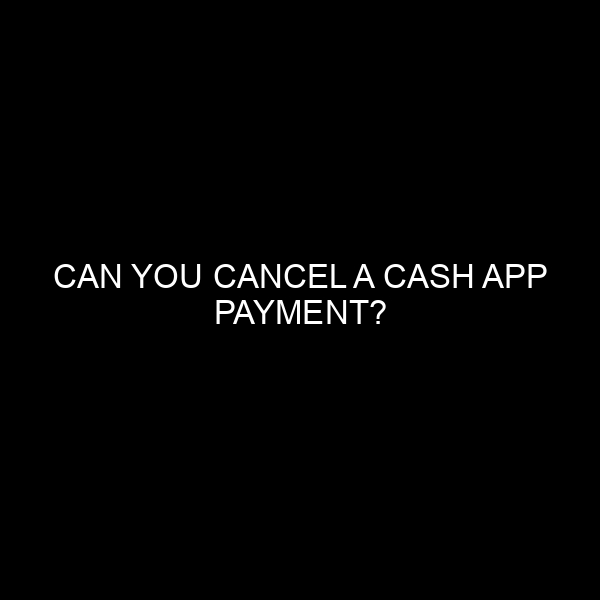How Does Cash App Work? A Deep Dive from a Banking Professional
In the age of digital transformation, Cash App stands out as one of the leading platforms for sending and receiving money. With its slick interface and user-friendly features, it has caught the attention of millions around the globe. But how does Cash App truly work from the backend? With my background in the financial market and banking industry, let me elucidate the nuts and bolts of this popular application, allowing you to better understand and trust the mechanisms behind your transactions.
Understanding Cash App: The Basics
Launched by Square, Inc., a financial services and mobile payment company co-founded by Jack Dorsey (who also co-founded Twitter), Cash App was initially aimed at allowing users to send money to friends and family easily. The ease of use, coupled with features that go beyond the basic money transfer functions, have propelled it into mainstream popularity.
Cash App, like its competitors, is built on the foundation of digital banking. Rather than having a physical presence like traditional banks, digital banking platforms operate predominantly online or through apps. They leverage advanced technologies, tight security protocols, and robust network infrastructures to facilitate seamless and secure financial transactions.
Setting Up Your Cash App Account
After downloading the Cash App, users are required to enter personal information, including their name, email or phone number, and banking details. Post-verification, they are assigned a unique $Cashtag, a user name of sorts that they can share with others to receive money.
Connecting Bank Accounts & Cards
For seamless transactions, users link their bank accounts or credit/debit cards to Cash App. This linking is facilitated through encrypted gateways, ensuring the safety of your bank credentials. When a user sends money, Cash App withdraws the necessary amount from the linked account or card and transfers it to the recipient.
The Process of Transferring Money
Transferring money on Cash App is a cakewalk:
- Enter Amount: Specify how much you want to send.
- Choose Recipient: Use
$Cashtag, email, or phone number. - Add a Note: (Optional) E.g., “Lunch money” or “Thanks for the gift!”.
- Hit Send: Upon confirmation, the amount is immediately deducted from your balance or linked account and sent to the recipient.
On the recipient’s end, the money lands in their Cash App balance. They can then choose to spend it directly from the app or transfer it to their own linked bank account.
How Does Cash App Profit?
Like any business, Cash App has its monetization strategies:
Service Fees
While sending money from your Cash App balance or linked bank account doesn’t usually incur a fee, there are exceptions:
- Instant transfers to your bank account carry a fee.
- Sending money through a credit card incurs a small percentage fee.
Bitcoin & Stock Trading
Cash App has integrated features that allow users to buy and sell Bitcoin and stocks. A small fee is applied to these transactions, which contribute to Cash App’s revenue streams.
Security Protocols in Place
Given the risks associated with online transactions, Cash App employs a myriad of security measures:
- Encryption: All financial transactions are encrypted end-to-end.
- Fraud Detection: Advanced algorithms detect and notify suspicious activities.
- Two-Factor Authentication (2FA): An additional layer of security during login or transactions.
Remember, while Cash App has robust security features, it’s also essential for users to practice safe habits, like not sharing their PIN or $Cashtag details carelessly.
Additional Features: Cash Card & Boosts
Beyond money transfers, Cash App offers a debit card – Cash Card. This card lets users spend their Cash App balance at any establishment that accepts Visa. Furthermore, the ‘Boosts’ feature provides users with discounts at various merchants, making the deal even sweeter.
The Evolution of Cash App
From a simple peer-to-peer money transfer app, Cash App has evolved to incorporate features akin to a holistic banking ecosystem. The integration of Bitcoin and stock trading, alongside the provision of a physical debit card, showcases how the platform is pushing the boundaries of digital banking.
Conclusion
In the vast expanse of the financial landscape, Cash App is a shining example of how digital banking is revolutionizing the way we perceive and handle money. Its success not only hinges on the simplicity and convenience it offers but also on its commitment to leveraging technology for creating a secure and feature-rich financial platform.
